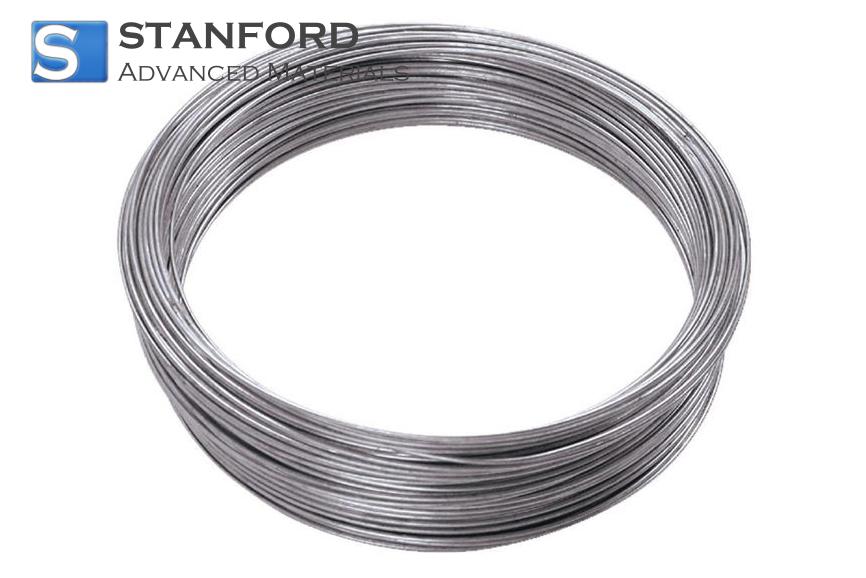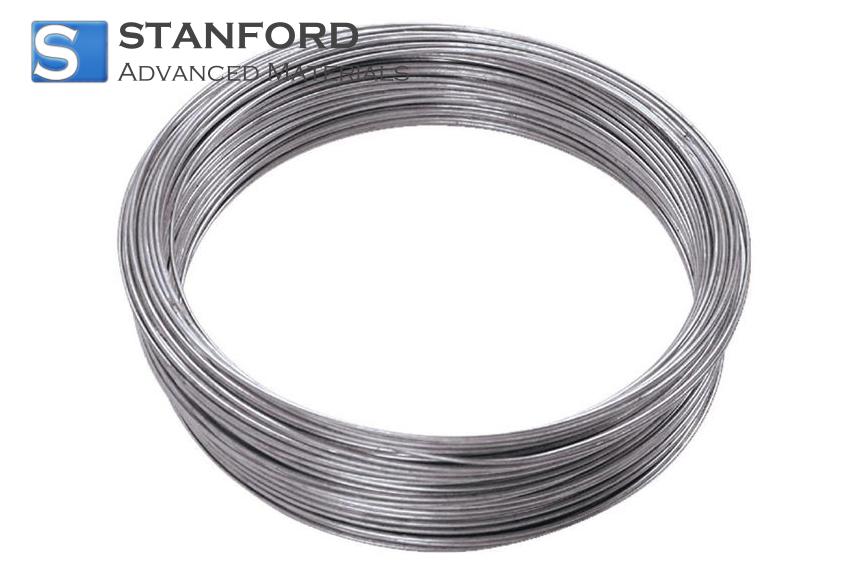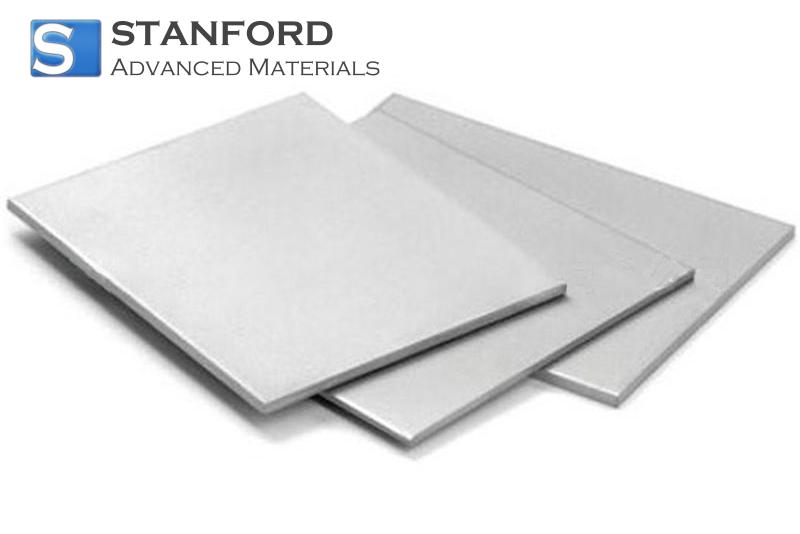Narrow Particle Size Distribution Alumina Powder in Precision Ceramics
Introduction
Alumina powder has long been a trusted material in ceramics and engineering. Its unique properties make it a valuable resource in many advanced applications. When the alumina powder has a narrow particle size distribution, the results are even more reliable and consistent. This article provides a detailed examination of why such powders are important for precision ceramics and composite materials.
Characteristics of Narrow Particle Size Distribution Alumina Powder
This alumina powder consists of particles that are very consistent in size. For example, the particles may typically range between 0.1 and 1.0 microns with very little variation. Such a tight distribution ensures consistent behaviour during processing. The uniformity helps to improve the strength and reliability of the final product. In this type of powder, there are fewer oversized or undersized particles. This uniformity makes the sintering process smoother and aids in controlling shrinkage.
In many tests, powders with narrow particle sizes have demonstrated better performance under heat and pressure. Their consistent behaviour indicates effective quality control. Even in scenarios where high density or fine microstructures are required, such powders are advantageous. Manufacturers utilise advanced milling and classification methods to achieve this narrow distribution.
Benefits in Precision Ceramics
Precision ceramics require stringent quality standards. With a narrow particle size distribution, the alumina powder meets these high demands. Uniform particle sizes lead to even packing in the green body stage. This results in improved densification during sintering. The result is a ceramic part with enhanced mechanical strength and a uniform microstructure.
For instance, in electronic substrates or components used in aerospace, any deviation in the microstructure can incur significant costs. Using alumina powder with controlled particle size minimises risk and ensures consistent performance. The powder aids in reducing defects and improving dimensional control, which are essential for precision parts.
Role in Composite Materials
Composite materials also benefit from the use of these powders. Alumina powders are often incorporated into polymer and metal matrices to enhance properties. They increase stiffness, wear resistance, and sometimes thermal stability. In numerous composite processing methods, the narrow range of particle sizes leads to more predictable performance.
A typical example is the enhancement of brake pads or cutting tool materials. In such situations, the alumina powder assists in even distribution of stress. The narrow distribution also facilitates the interface bonding between the alumina particles and other materials. Thus, real-world benefits are observed in products requiring high durability and precise tolerances.
Processing Advantages
Utilising alumina powder with a narrow particle size distribution provides clear processing advantages. The powder flows better and distributes more uniformly in moulds or during coating processes. Predictable sintering behaviour reduces uncertainty in temperature control. This minimises production uncertainties and aids in scaling up manufacturing.
In practice, parts produced with such powders exhibit fewer defects. They typically have lower porosity and improved density. These properties facilitate quality control inspections. When engineers understand the behaviour of the powder, they can optimise firing profiles and reduce waste. This makes the overall manufacturing process safer and more efficient.
Applications
Several industries utilise narrow particle size distribution alumina powder. In precision ceramics, it is found in substrates for electronics, cutting tools, and wear-resistant components. Many medical devices also benefit from the high level of precision provided by this powder. In composite materials, it is employed in construction, automotive components, and even some aerospace parts.
For example, a supplier might select this powder to create a ceramic heater element. The even particle distribution facilitates control over thermal expansion and enhances performance over time. Similarly, composite panels in transport benefit from added strength and stability when alumina powder is included. These instances illustrate how the powder supports improved reliability and durability of parts.
Conclusion
Narrow particle size distribution alumina powder is an important material for precision ceramics and composite components. It offers uniformity, predictable sintering, and excellent mechanical properties. Both designers and engineers benefit from its consistent performance. This material serves as a suitable choice when quality and reliable performance are paramount. The advantages extend from better processing to improved final properties across various applications. For more alumina products, please check Stanford Advanced Materials (SAM).
Frequently Asked Questions
F: What does narrow particle size distribution mean in alumina powder?
Q: It means the particles are very consistent in size with minimal variation.
F: How does uniform particle size assist ceramics?
Q: Uniformity facilitates better densification and fewer defects during sintering.
F: What role does alumina powder play in composites?
Q: It enhances stiffness, wear resistance, and aids in even stress distribution.

 Bars
Bars
 Beads & Spheres
Beads & Spheres
 Bolts & Nuts
Bolts & Nuts
 Crucibles
Crucibles
 Discs
Discs
 Fibers & Fabrics
Fibers & Fabrics
 Films
Films
 Flake
Flake
 Foams
Foams
 Foil
Foil
 Granules
Granules
 Honeycombs
Honeycombs
 Ink
Ink
 Laminate
Laminate
 Lumps
Lumps
 Meshes
Meshes
 Metallised Film
Metallised Film
 Plate
Plate
 Powders
Powders
 Rod
Rod
 Sheets
Sheets
 Single Crystals
Single Crystals
 Sputtering Target
Sputtering Target
 Tubes
Tubes
 Washer
Washer
 Wires
Wires
 Converters & Calculators
Converters & Calculators
 Write for Us
Write for Us



 Chin Trento
Chin Trento



